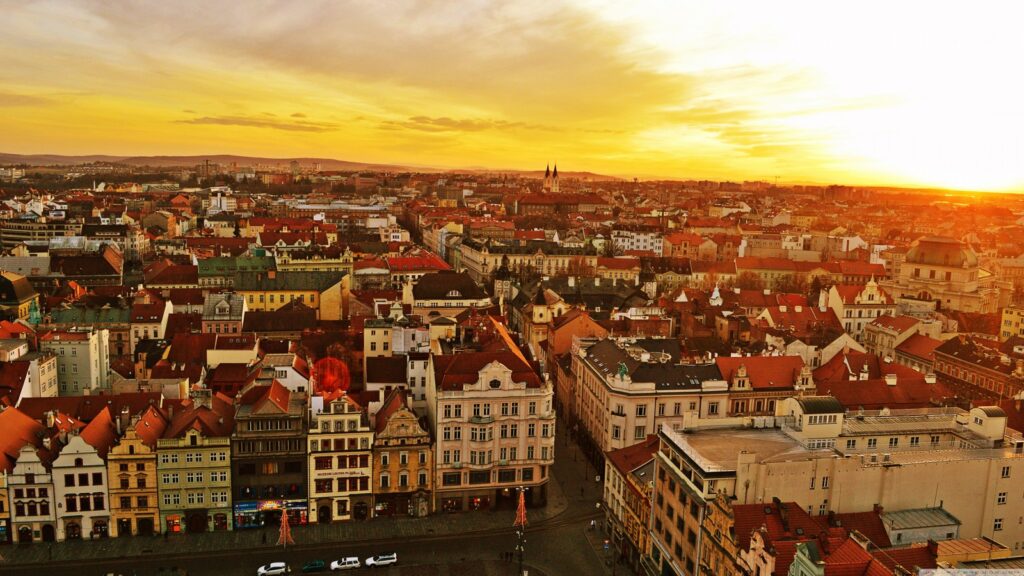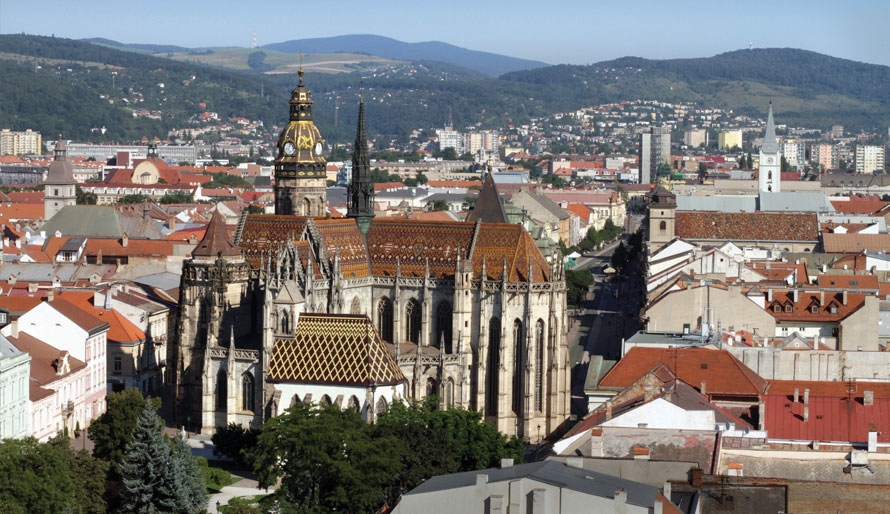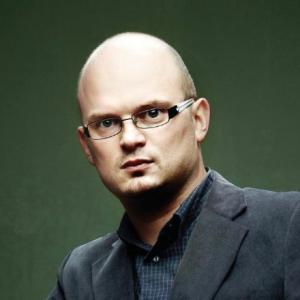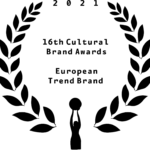Christian Potiron is one of the leading French and European experts in the field of development of art in public spaces and participation of citizens in cultural projects. He is currently director of the Centre for Contemporary Art in Bratislava, and so far has been involved in two projects of the European Capital of Culture. He studied at the UNESCO Chair, University of Belgrade. This was an opportunity to talk to him on the matter of the European Capital of Culture and the importance of the project for the development of our city.
1. Mr. Potrion, you took part in realization of Plzen 2015 and Kosice 2013 Projects. What was your function in managing these projects?
Actually in Kosice I was in charge of one of the main program line called SPOTs and dedicated to support the participation of local inhabitants. We have been refurbishing old heat exchanger stations (non functional technical buildings in charge of the distribution of hot water to heating in block of flats) and turned them into community art centres. We had a network of 8 of those small spaces dedicated to support creative communities in the different suburbs of Kosice. I was parallel directing 4 festivals on social inclusion through art, cultural diversity or urban cultures and the main one about art in public space called Use the city.
In Pilsen, I was the deputy program director, again mainly in charge of participation of local inhabitants. I arrived later in the team, so we worked more on other aspects of audience engagement like voluntary program, on community programs on hospitality and heritage issues, on public space also and I coordinated several community events like the European Neighbours’ Day.

2. During the year for which the city is titled as European Capital of Culture many cultural and artistic events are held (in some cities even more than 1000). According to your experience, what are the most significant and most successful events you took part in?
Actually it really depends on what are the success criteria. If you allow me, I would rather take different exemplas of success stories rather than just one. In European Capital of Culture programs, you usually need some big events for large audience in the public space, like usually are the opening ceremonies (but they are for me usually artistically not so exiting). In Kosice with the Nuit Blanche light and contemporary festival or with Use the city festival, I had the feeling the city changed its relation with public space and perception of what today art can be. In the other hand, SPOTs project was a real success in term of community developmen.

3. What are, according to your belief, the most significant benefits of ECOC Project for a city and its cultural scene?
I will list few of them:
– It is an opportunity to transform the city through culture, its public space, way of functioning or economical situation.
– It helps to rise city attractiveness, but also to reinforce the city identity and local self confidence within tolerant European cooperation approach
– It participates in building a new audience for today art creations
– It creates new interest in culture between local politicians, which can sometimes bring negative effects, but can also start a long term support for cultural scene within a clarified local cultural strategy.
4. Many people feel that ECOC Project is a one-year project with limited reach. Is there a long-term effect of ECOC and how it could be manifested?
It is important to explain that an ECoC is not a one year festival, it is about much more. It is really an opportunity for transforming the city and to put it on the European map. Thanks to long term support to creative economy, Kosice managed to stop brain drain and to propose an alternative to its steal industry in the city. Also the audience changed and the independent cultural scene managed with great success to create its own functioning platform and space called Tabacka. In Pilsen, It really put the city on the map and the high increase of German tourists in the city is one of the long-lasting change.
5. ECoC Project is dedicated to above all to citizens. What are the ways the citizens could be involved in the candidacy process, and could you tell us more about development of culture and art in public spaces?
There are plenty of ways to involved citizens in that process from formal information and consultation up to real coproduction of content and ideas. As in the example of SPOTs I personally prefer working in concrete neighbourhoods and local communities to help them to define their needs and cultural offers or to look for strategies to develop cooperation with artists. It always starts by mapping the needs or trying non artistic things to build the confidence, and then it can end by bigger projects. In every case it takes times.
Volunteer program is a very important thing as well; It should be your capital! Some inhabitants can get exclusive experience, king of „behind the curtains point of view“. They might become ambassadors of the project in their school, company or groups of friends, some others could help making things done, informing the audience, taking care of visitors or artists… I love the idea also that local inhabitant can document the entire process and become kind of journalists. Within an hospitality program some others can become host, welcome visitors to their home or community, present their culture and neighbourhoods. In San Sebastian this year European Capital of Culture they even involved inhabitants in creating of cultural content with choosing projects.
Concerning public space, you should mix the approaches. You can run utopic architectural competitions and exhibit the results for inspiration. In parallel you can launch a call for small size projects between inhabitants to propose small changes that improve quality of public space in your city and offer small grants to realize them. You can run training courses about architecture and urbanism in schools and for audience. Finally, you can launch new traditions around art in public space events that reveal new potentials and stories in your cities and make it more attractive.
6. Novi Sad is preparing its bid book for the final application for ECoC 2021. Do you have any advice or massage for the inhabitants of Novi Sad?
I would like to say that it is an unique opportunity, be part of it, it won‘t repeat again in a life time. I know that in Central and Eastern European countries there is this tendency to be very critical toward public action, but please be positive and pro active. It is an unique opportunity to change your city and to make from it a better place where to live, but without you this is not possible to archive.



